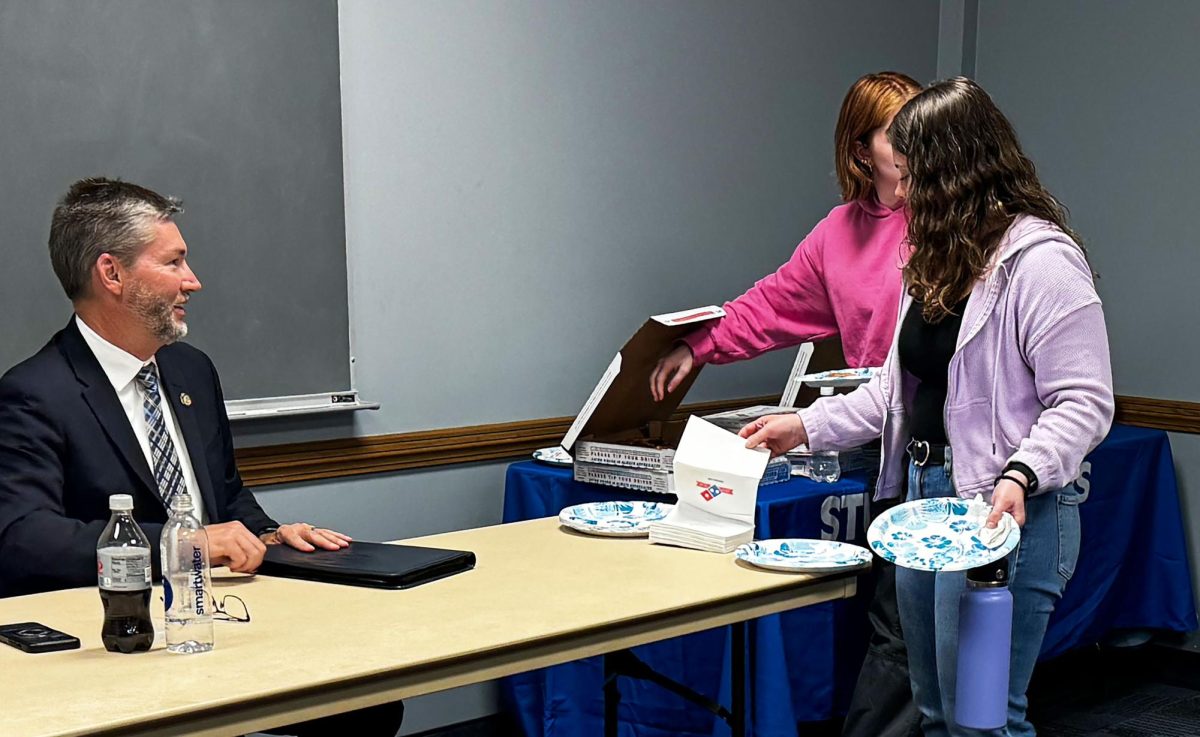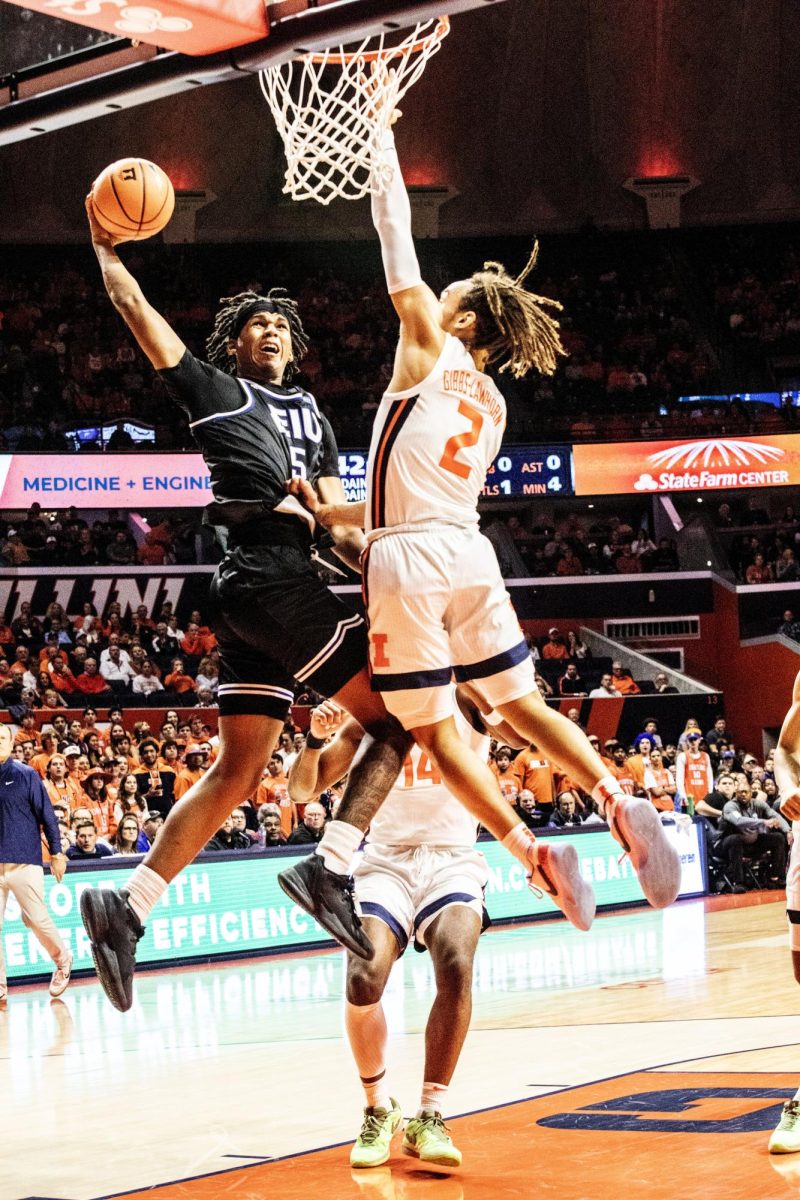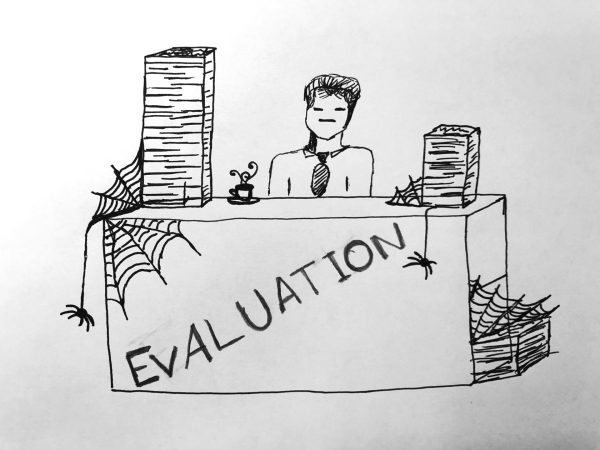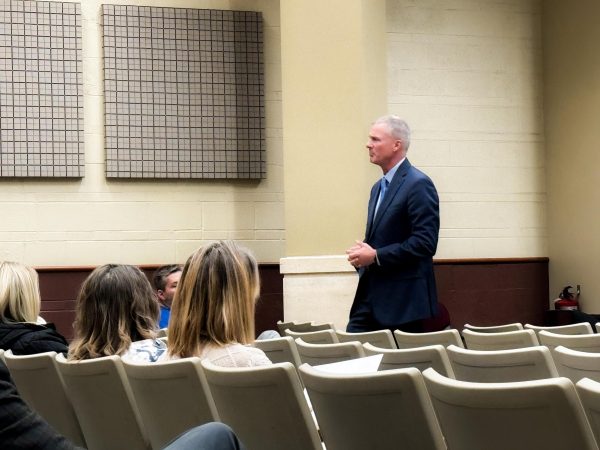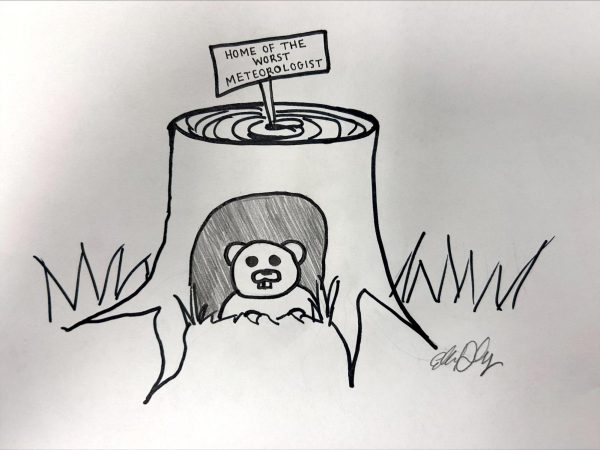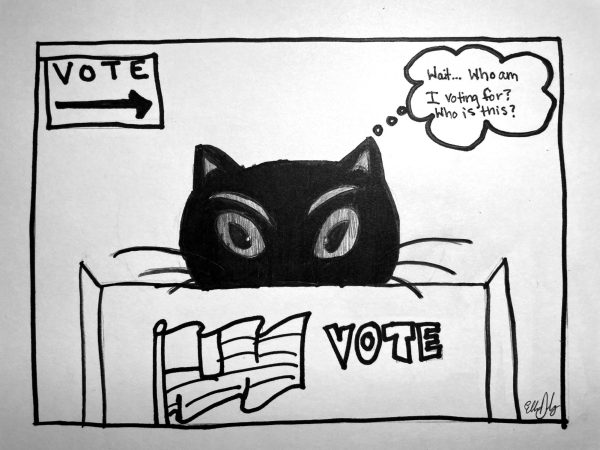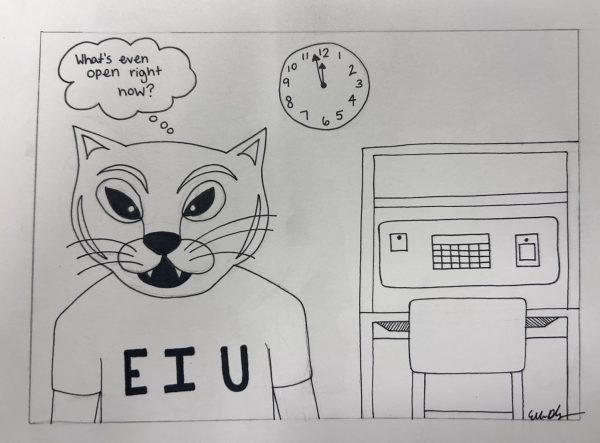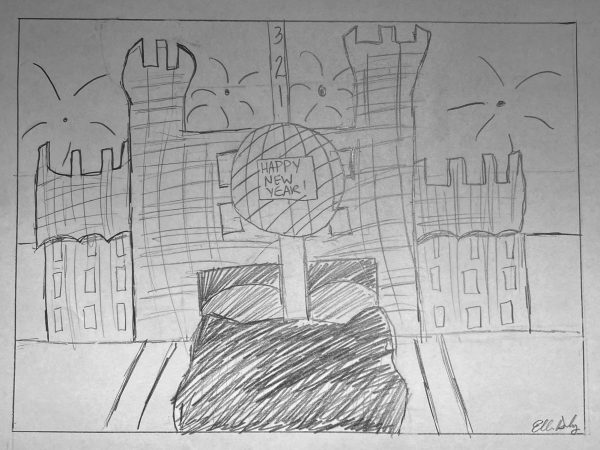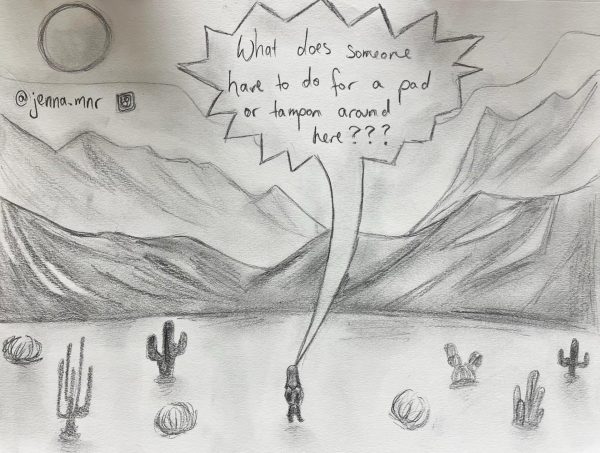Editorial: Streaming changing how we consume
February 9, 2020
More and more consumers are ditching their cable subscriptions, which cost about $107 a month on average, and spending their money on lower-cost streaming alternatives, such as Netflix, Hulu, Prime Video and Disney+. This change is completely shifting the way adults consume media and entertainment.
Adults are growing tired of their $100-or-more-per-month cable bills and choosing the much cheaper streaming alternatives, which cost just over $8 per month on average, according to Forbes. The average streaming site subscriber in America pays for three of these services per month.
One of streaming services’ high points, besides their relatively lower costs compared to paid TV, is the explosion of quality, original content. A common con to paid TV, besides its relatively higher cost, is the lack of controlling the paid channels.
According to eMartketer, a 2018 study projected that by 2022, 55 million U.S. adults will cut the cords and stop paying to watch TV altogether (cable, satellite and telco). As of 2018, eMartketer projected the total number of adults paying for TV to be about 186.7 million.
In 2019, Forbes reported that 69 percent of consumers pay for some streaming service while 65 percent pay for the cable/satellite counterparts.
Today, most consumers have at least one monthly streaming service from which they receive video entertainment.
Advertisers are taking note of the shift. According to a 2019 study from IAB, advertisers were likely to spend 25 percent more on digital video in 2019 than they did in 2018. Additionally, about two-thirds of advertisers’ digital budgets are allocated to video, taking into account both mobile and desktop video evenly.
Switching from cable to streaming sites is not just a perfect resolution to all the cons that come with paid TV, however.
Many consumers are frustrated with the task of managing all their streaming sites and seeing their favorite programming disappear after contracts are up. This is called “subscription fatigue.”
According to Deloitte, the people who have this fatigue are most prominent if they have three or more subscriptions, so the average consumer is likely to have experienced this kind of frustration.
While the shift from paid TV to streaming is a gradual one, it cannot be denied, nor can its effect on entertainment consumption be ignored.
People are eager to get their entertainment from their smartphones. Streaming sites have got that covered.
People also want their entertainment now (or very fast). Streaming sites have got that down, too.
People don’t want to sit through commercials anymore. With streaming sites, unless customers would like to significantly reduce the price of their monthly subscriptions, commercials aren’t a problem.
Are we growing impatient because of the increasing popularity of streaming sites? Or are we becoming enriched because of the supernova of new and original content available at our fingertips?
It’s likely a combination of both. We cannot deny that video entertainment is shifting from paid TV to streaming, and while it is good for the marketplace of new content and ideas, perhaps we’re becoming even more impatient.
Perhaps the biggest crime we’re guilty of is our increasing reluctance to read books for recreation.
In any case, the shift from paid TV to streaming is having an effect on all of us. It isn’t wholly good or wholly bad; rather, it’s probably mostly good or mostly bad, depending on each individual consumer.




